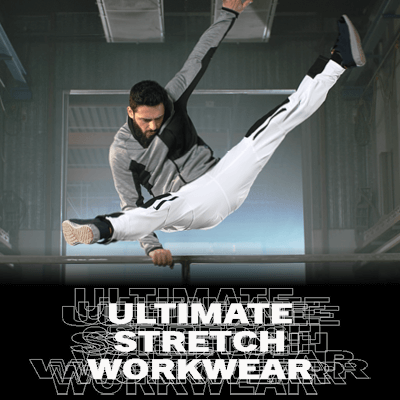EN 13758-2 UPF 40+
EN 13758-2 is a product standard that protects the skin against the sun's harmful UVA and UVB rays. Clothing that is certified with this standard is marked with an ultraviolet protection factor (UPF-value), which indicates the level of protection provided. The level of protection depends on multiple factors, including the fabric's thickness, density and colour. However, the fabric's protective effect is impacted by wear and tear, and when the clothing is stretched.
By wearing clothes that are 13578-2-certified, you minimise the risk of skin damage from the sun's rays.
Test method
There are various standards for certifying UV-protective fabrics, and thereby different test methods for testing the level of UV protection in the clothing. The EN 13758-2 standard tests new, dry fabrics that have not been stretched. The standard uses the lowest UPF value from the test result, as opposed to the average value as per other standards. The test method covers clothing and headgear, and the standard stipulates that the clothes must cover three quarters of the arms and legs.
EN 13758 permits testing of wet and stretched fabrics, although this is not a requirement of the standard.
Achieve the highest level of protection
EN 13758-certified clothing helps minimise the risk of skin damage. However, it is important that you are aware that it is only the areas that are covered up that are protected. Equally, protection is reduced if your clothing is wet, worn or if the care guidelines are not followed. So always keep an eye on the condition of your clothing, and look after you workwear in line with the care instructions printed inside the clothes.





















